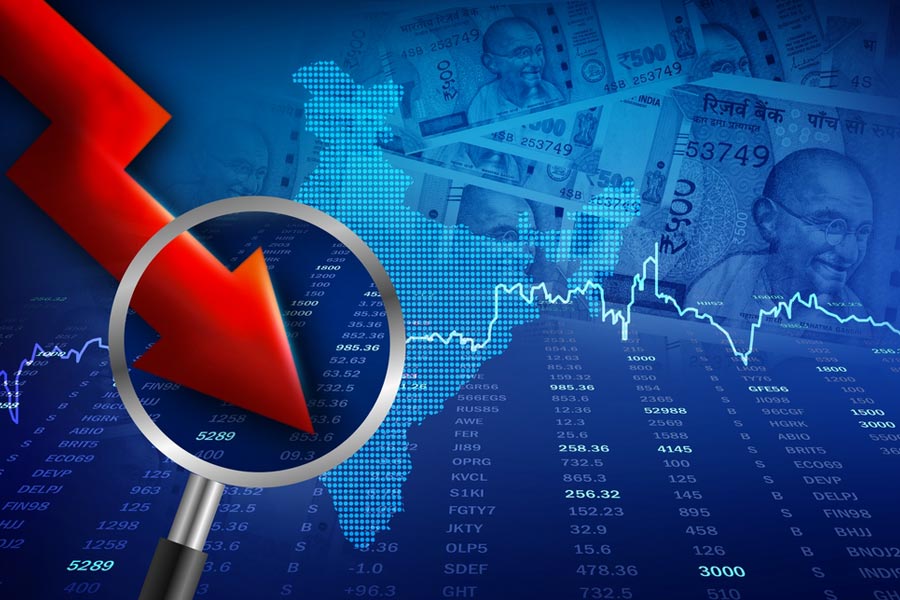For iPhone users, the experience of installing apps has been mostly seamless for over a decade: you look up an app and tap a button to download it. The not-so-seamless part has involved buying some things.
Paying for subscriptions and for virtual goods such weapons inside games can usually be done instantly by scanning your face and letting Apple handle the transaction. But app makers have long been required to pay Apple steep commissions of up to 30 per cent per sale, leading brands including Netflix and Amazon to require iPhone users to log in to their websites to pay.
Because of Apple’s recent fallout with a federal judge, the App Store is starting to change. The judge ordered Apple to start allowing some apps to collect payments from users without paying a cut. And app developers are now free to include graphics or buttons to direct you to their own sites to buy things like subscriptions, books, music and podcasts through them directly.
So, what is going to happen to the App Store? I interviewed mobile app developers big and small, and the consensus was: it’s complicated.
Although costs of some virtual goods might dip, app prices in general will probably remain the same.
“The developers will keep the excess profits,” said Eric Seufert, the author of Mobile Dev Memo, a publication covering mobile apps.
Here’s what happened and how it could affect you.
What happened?
Since 2020, US district court judge Yvonne Gonzalez Rogers has overseen a lawsuit filed by Epic Games, the maker of Fortnite, accusing Apple of monopolistic practices for requiring app developers to sell their wares through the company’s payment system. In her original ruling in 2021, the judge ordered Apple to allow apps to provide users with external links to pay developers directly.
But Apple designed a new method to collect a 27 per cent commission when app sales were made through external links. In her new ruling, Rogers forbade Apple from collecting commissions through app sales made via external links.
Apple, which declined to comment, has since filed a request to pause the judge’s recent order indefinitely so that it can appeal.
What has changed?
Some big brands have already leaped at the opportunity to link to their own sites to collect payments. Amazon’s Kindle app, for example, now shows a “Get book” button, which directs the user to Amazon’s webpage to complete the purchase. Before, there was only an “Add to list” button, which let people add a book to their shopping list so they could open a browser and log in to Amazon.com to buy it.
Spotify said Apple’s changes would lead to lower pricing and flexibility for customers, while Amazon said it regularly improved its apps to make them more convenient to use.
Will apps get cheaper?
Not necessarily. App developers can avoid some of Apple’s commissions, but that doesn’t mean the savings will be passed on to you.
Years ago, Apple and Google somewhat reduced the commissions they charged to subscription-based apps. In the first year of a subscription, the apps had to share a 30 per cent commission with Apple, but in the second year, the fee dropped to 15. Despite this, the prices of many streaming services rose significantly in the last few years.
Apps earning less than $1 million a year pay Apple a commission of 15 per cent. Integrating their own payment services would incur extra costs, so they will probably continue to use Apple’s system.
Realistically, consumers can expect prices in the App Store to be more consistent with prices elsewhere.
Will buying be easier?
Sometimes. On the one hand, it’s a win for iPhone users to be able to do things like buy e-books through a button inside Amazon’s Kindle app rather than go to Amazon.com. But things might be less convenient when dealing with lesser-known brands.
There are consumer-friendly benefits to buying apps, subscriptions and virtual goods through Apple. Perks include emailed receipts and reminders that subscription renewals are coming up. And when you run into issues, you deal with Apple’s customer service, which can be lenient about issuing refunds.
If you make purchases through links outside the App Store, you may lose some of those perks. Lots of subscription services, including Netflix and Hulu, do not email you a reminder that a bill is coming up.
It comes down to what you care about. If a brand you like and trust is offering to let you pay for its app or subscription through an external link, then paying it directly is the best way to support it. But if it’s a brand you are unsure about, you might want to continue paying through Apple.
NYTNS










